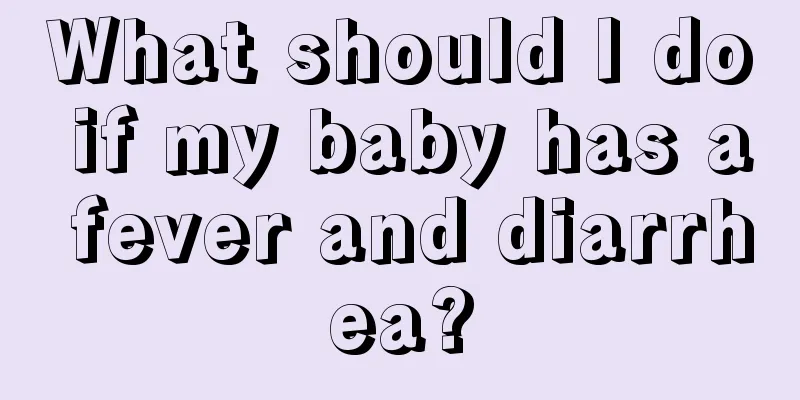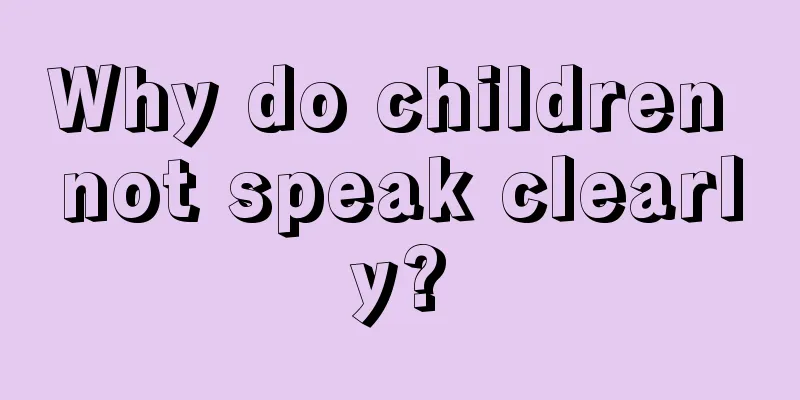What are the types of movement disorders in cerebral palsy?

|
Movement disorders caused by cerebral palsy occur more and more frequently, troubling more and more individuals and families, but its manifestations appear in many types, making it difficult for us to simply judge whether the various symptoms that appear in the patient's early stages are cerebral palsy or whether they are movement disorders caused by cerebral palsy. Next, we will introduce the classification of movement disorders caused by cerebral palsy. Movement disorders in cerebral palsy can be divided into the following 7 types: Spastic type: This type is the most common and typical type of cerebral palsy, accounting for about 60% to 70% of children with cerebral palsy. The main manifestation is abnormal spasm of the limbs. Stretch hyperreflexia is a characteristic of the spastic type, and clinical examination shows pyramidal tract signs. Rigidity type: In this type, the limbs are stiff, the stretch reflex is particularly hyperactive, and there is resistance to flexion and extension of the limbs during passive movement. This type is actually a manifestation of severe spasticity. Athetosis: This type is also known as the involuntary movement type, accounting for about 20% of cerebral palsy. It manifests as involuntary movements of the limbs, trunk, or face that are difficult to control with the will, such as dance and athetosis. The lesions are mostly located in the extrapyramidal system such as the basal ganglia and cerebellar dentate nucleus. Ataxia type: This type accounts for about 5% of cerebral palsy and is mainly characterized by cerebellar dysfunction, manifested by nystagmus, hypotonia, incoordinated muscle contraction, unstable gait, etc. Tremor type: This type is rare in clinical practice and can occasionally be seen in children with athetosis. Flaccid type: This type is also called hypotonia type, which is characterized by significantly low muscle tone in the trunk and limbs and excessive range of joint motion. Mixed type: If the typical symptoms of various types of cerebral palsy are mixed, it is called a mixed type. Most cases are a mixture of spastic and athetotic symptoms. Or it could be cerebral palsy caused by a confusion of characteristic symptoms of three different types. Through the above introduction, do you understand the types of cerebral palsy movement disorders? I hope the above article can help you understand cerebral palsy, actively seek treatment after the disease occurs, and reduce the harm caused by the disease to patients. Finally, we wish children with cerebral palsy a speedy recovery. |
<<: Causes and diagnosis of recurrent fractures in children
>>: Symptoms of systemic lupus erythematosus in children
Recommend
Is it normal for a breastfed baby to have green poop?
In fact, parents are quite worried about their ba...
What should I do if my child snores and holds his breath while sleeping?
Snoring is a very common phenomenon. Many people ...
Children's betel nut
Betel nut is a very common thing in daily life. M...
What should I do if my baby falls and has convulsions?
Everyone knows that children are generally more n...
Treatment of pediatric neurological diseases
Nowadays, the incidence of diseases among many ch...
How to treat herpes virus in children?
Some children suffer from viral diseases, so they...
How can a six-month-old baby have diarrhea?
How can a six-month-old baby have diarrhea? What ...
What to do if your child is zinc deficient?
When facing the development of their children, pa...
Why does the baby always tilt his head when sleeping?
Infancy is the happiest time for a child, when th...
How to care for red spots on newborn baby's face
The weather is gradually getting hot. Many newbor...
When do children start losing teeth?
Children's tooth replacement is actually a pr...
What to do if children sweat a lot on their heads
Sweating is a common physical manifestation in ch...
How to treat peeling fingers in children
Some children have problems with their palms, so ...
Can anal fissures in children heal on their own?
Anal fissure is a relatively common anal disease....
Nursing after circumcision of children
Phimosis is a disease that is currently more seri...









